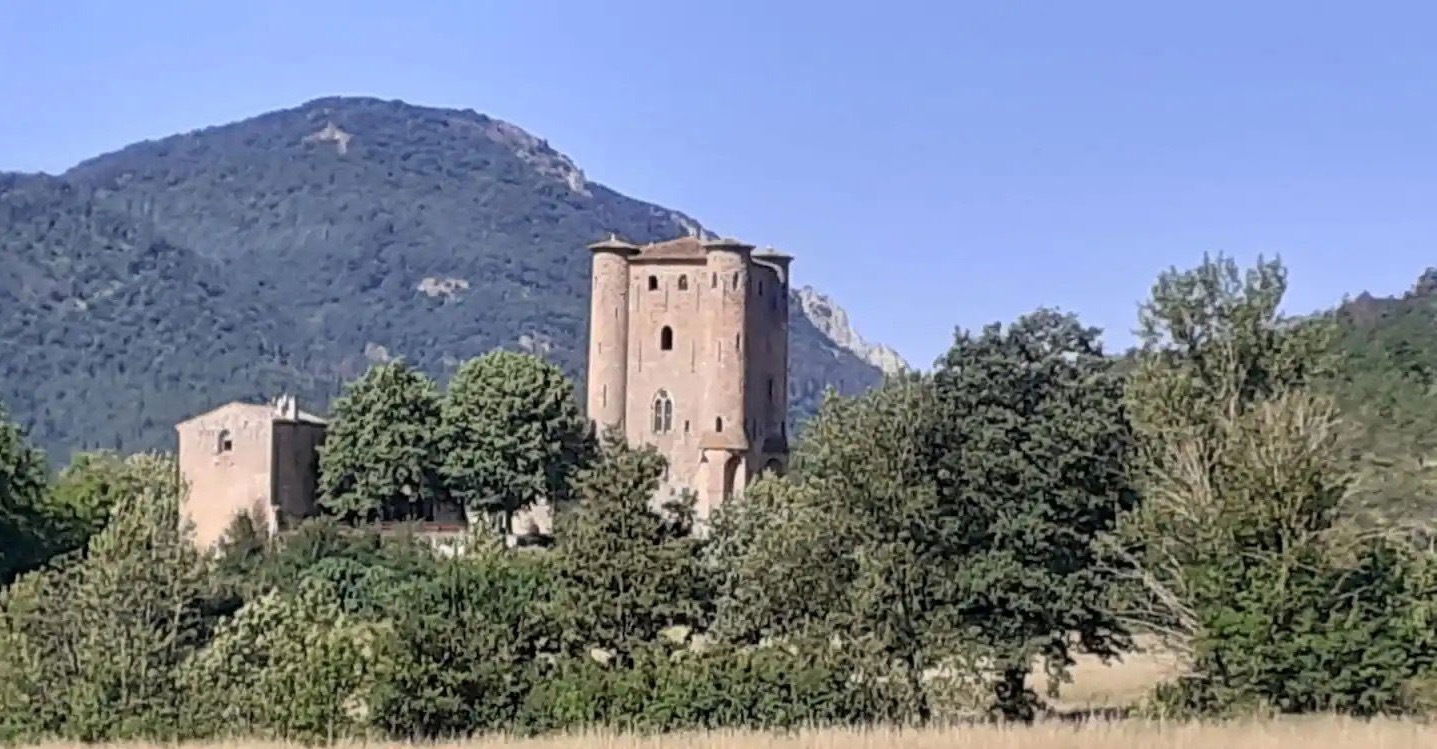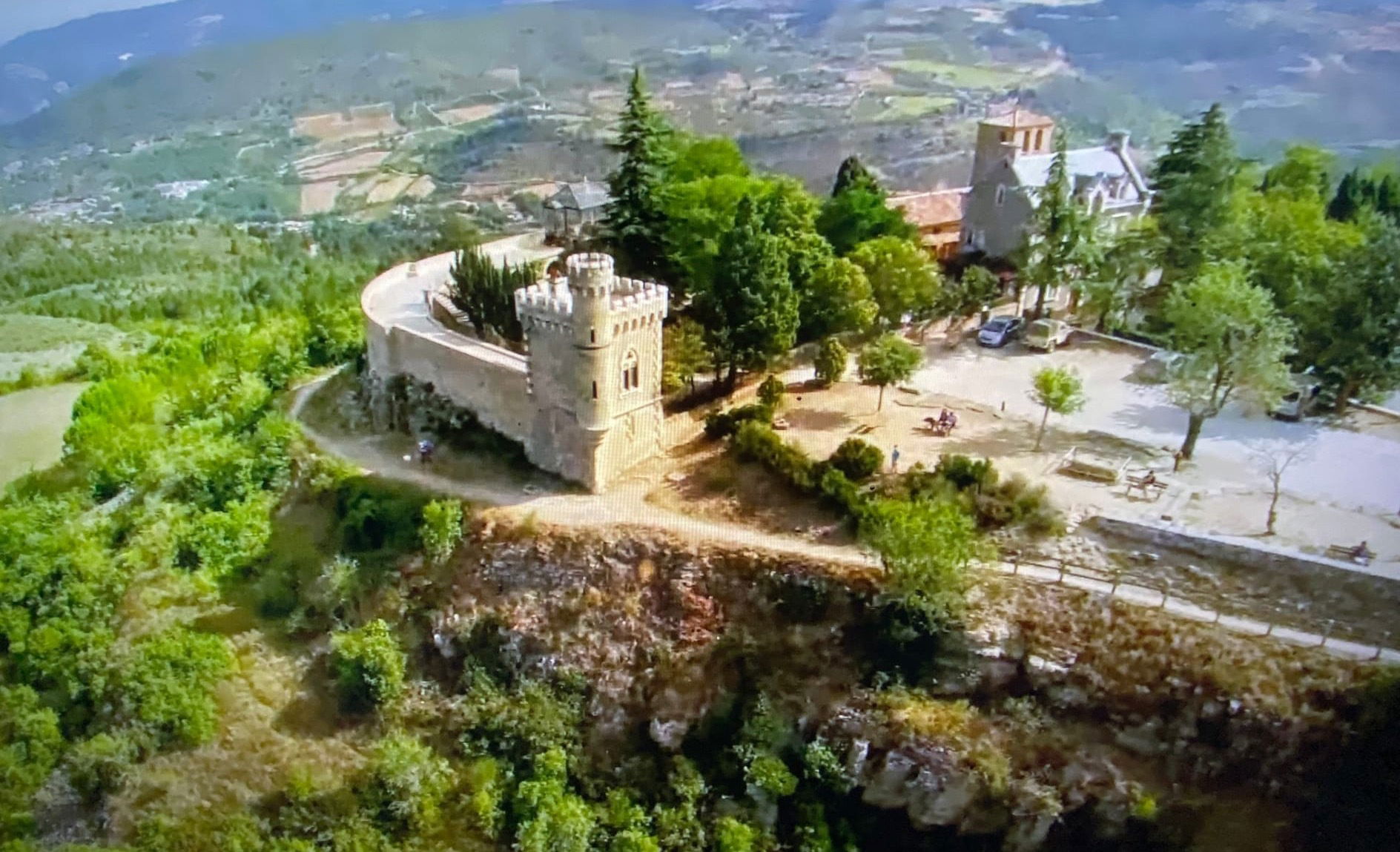Why?

Some background...

I was young when I was given the CS Lewis books to read. I was transported to the magical world of Narnia - where there lived mythical beasts and talking animals such as centaurs, fauns and horses. Good was pitted against evil and souls were fought for, won and lost. The most important reason for this fight was to protect Narnia from evil & restore its throne to the rightful line. The stories borrowed characters and ideas from Greek and Roman mythology and legends - as well as British and Irish fairy tales. These tales were, for me, archetypal. They could refer to "collectively inherited unconscious ideas and perhaps pattern's of thought and image's". Years later I studied Evolutionary Anthropology along with Archaeological Science at University and the idea of human cultural 'memes' had been advanced - which seemed to me to be the very same concept of the archetype. These 'memes' are thought to be present universally in all individual psyches, so perhaps i was tapping into something i was totally unaware of as a child when i read about Narnia. Did the archetypal death and sacrifice of something or someone to save the rest of a community (as some think the basis of the Christian religion is) which Lewis had presented in a childlike form (the Narnia books) resonate with me even at my young age because it was a powerful 'meme' or archetype? It was only years later that i realised what Lewis actually meant. And so i found myself with an interest in religious history and thought and later, theology.
In 1992 after studying at a local theology class in London [my birth town] - a friend who attended with me asked - 'Have you read 'Holy Blood Holy Grail'? She told me it was a book which hinted at a 'huge secret' – a secret related to religion. A priest in Southern France had suddenly become immensely rich and had decorated his Church in a strange manner. I went out and bought the book and found myself hooked just like I was when I read those magical books about Narnia. Some might say that the story of Abbé Saunière and buried treasure presented in Holy Blood, Holy Grail was indeed a fairytale and about as real as the Narnia tales. But the story of Saunière appeared to have something different. For a start it was supposed to be true & the events around him had happened relatively recently. If you were diligent enough surely one could uncover the truth for yourself? The history of the area, where Saunière lived and worked, was set against a fascinating backdrop of archaeological mystery. Where indeed was the colossal ancient treasure of the Visigoths?
The backdrop also featured mysterious medieval knights, persecuted religious sects as well as a more recent history which encompassed the aftermath of the French Revolution. In our modern times the backdrop also consisted of the machinations of a bizarre and not so secret Secret Society. The Priory of Sion mainly consisted of two steering characters - Pierre Plantard and Philippe de Chérisey. They had, between them, added much more to the Saunière drama. Did they do this because they knew inside information about the Affair or did they make up all sorts of fake stories and add them to the existing mystery? After all, Chérisey had confirmed in interviews that this is pretty much what he had done. Why? For fun and giggles? Something else?
Plantard had met Noel Corbu, the person who inherited the Saunière estate directly from Marie Denarnaud. Denarnaud was Saunière's lifelong companion and confidante. It was she who was by his side when he made his 'discoveries', it was she by his side when he was digging in the cemetery and upturning graves well into the night, it was she who covered for him by sending out pre-prepared fake letters. These letters were posted out in reply to communications for Saunière while he was away from the village. She also said in later life that she knew a secret pertaining to religion. She had promised Corbu that one day she would tell him about an incredible secret that would make him very powerful. And a village elder also recalled a religious lesson she had given during one Sunday school class. He described that after the death of Bérenger, she often taught Catholicism in the village Sunday school - and during one lesson, after an hour of class, when she had finished, she closed the book, looked at them and said, ‘my poor kids, if you only knew’. What could she have possibly meant by that? Did Plantard and Chérisey try to find out this 'secret' from Corbu? Did the two of them really 'know' things or were they playing a huge game, a modern day ludibrium? A ludibrium which has been described as trivial - a chance to create something for fun, scorn and derision. Were we all having the collective fun poked at us? Were they out to make money and so concocted a 'new' story about the 'priest with billions'? Even if this could be considered partly true it would seem that making money was not the main objective of their ludibrium.
In his Peregrini in Patria errores (1618) Valentin Andreae compared the world to an amphitheatre where no one or anything was seen in their true light. Frances Yates, the great scholar of the English Enlightenment took Andreae at his word [when discussing his Rosicrucian Manifesto's] and suggested that when Andreae talked of his own ludibrium he had implied something more akin to a sort of "Divine Comedy", a dramatic allegory played out in a political domain. Were Plantard and Chérisey doing this? Leading us through their own ludibrium to show us that there was indeed more to the 'story' of Saunière and that the events surrounding him had not yet been seen in their 'true light'? There seem to be two 'stories' about Rennes-le-Château - the 'real' events of Sauniere's life (which are most notably shown to us by Paul Saussez, and where it is clear the priest was working to a plan. See HERE) and then there are the alleged 'fantasies' added by the 'Priory of Sion'.
"What do we do on Rhedesium?"
French researcher Jérôme Choloux said of his website that it was created out of a passion for Rennes-le-Château research. And so to is this Rhedesium site created out of a passion for research into Abbé Saunière and his 'mystery'. It is a passion for the beautiful countryside of Rennes-le-Château and its history and archaeology. Rhedesium.org is unpretentious. It does not purport to have solved anything but only reveals the research and points of interest I hold as well as research of those who have the same passion and who have something interesting to say.
We are dedicated to unraveling the mysteries of history, Rennes-le-Château and beyond, and we will delve into archival treasures and clandestine inquiries to reveal the stories that shaped its world. Our seasoned historians and investigators work tirelessly to bring to light the secrets of the past at Rennes-le-Château.
“How do we do it?”
Therefore this website and the Rhedesium Journal have been created to reflect the above fact. All the information on here is given freely – because any information given to me was also given freely. I do not know if the information will be useful to others but all I can do is share, and also share the research (with their permission) of other's across the whole gamut of those studies that encompass Rennes-le-Chateau as detailed on the Home page. Many researchers offer their ideas and theories, and this website will endeavour to present them in a way for all those who are interested in the subject to read about. This website does not champion one theory to the exclusion of all others. It does endeavour and strive for the truth, such as that truth may be. Contemporary texts are looked at, reproduced and at times also translated. Links are provided. All manner of resources are utilised - British and French libraries, internet forums, local and contemporary archaeological societies, newspapers, blogs, discussion forums etc.
“Whom do we do it for?”
Recently the magic of research and learning and discovering in relation to Rennes-le-Château has left some of us jaded and disappointed. The genre has become littered with charlatans and money makers. Being directly associated with the worst charlatan of all [and his cohorts] - under these circumstances i decided that it was now best to work alone - hence this website and creation of the magazine. And as one fellow researcher told me, during this particularly horrific time, i might be 'redeemed' through the website and magazine. The website is here for other researchers to use as they see fit and to avail themselves of the information that is here. It is to provide ideas and points of view perhaps not considered before by researchers. It is to provide translations of documents to make them accessible to the English speaking world. It is to foster good relations with French researchers. It is for those researchers who are responsible, do not break the law [in the process of their research], and for those who respect the local villages of Rennes-le-Chateau and Rennes-les-Bains, the villagers who live there and the history of their area. The site does not advocate trespassing and carrying out illegal activities in these areas [or anywhere for that matter] in the name of 'research'.
“What value are we bringing?"
The value will be for the English speaking world to be opened up to the world of the French view of the mystery, as well as to expand, review and perhaps re-establish the English point of view. I am sure that all of us are grateful to Henry Lincoln for alerting the English speakers to the local story of the 'priest with billions', but i would argue that there is a great divide between the English view of the Sauniere story and the French view. And i think English researcher miss out hugely because of this.
I think therefore the value, hopefully of this site, is that in a very small way, however clumsily perhaps, the imbalance is redressed.
Individual articles - you can click on the link below to be taken to these.
ARTICLES